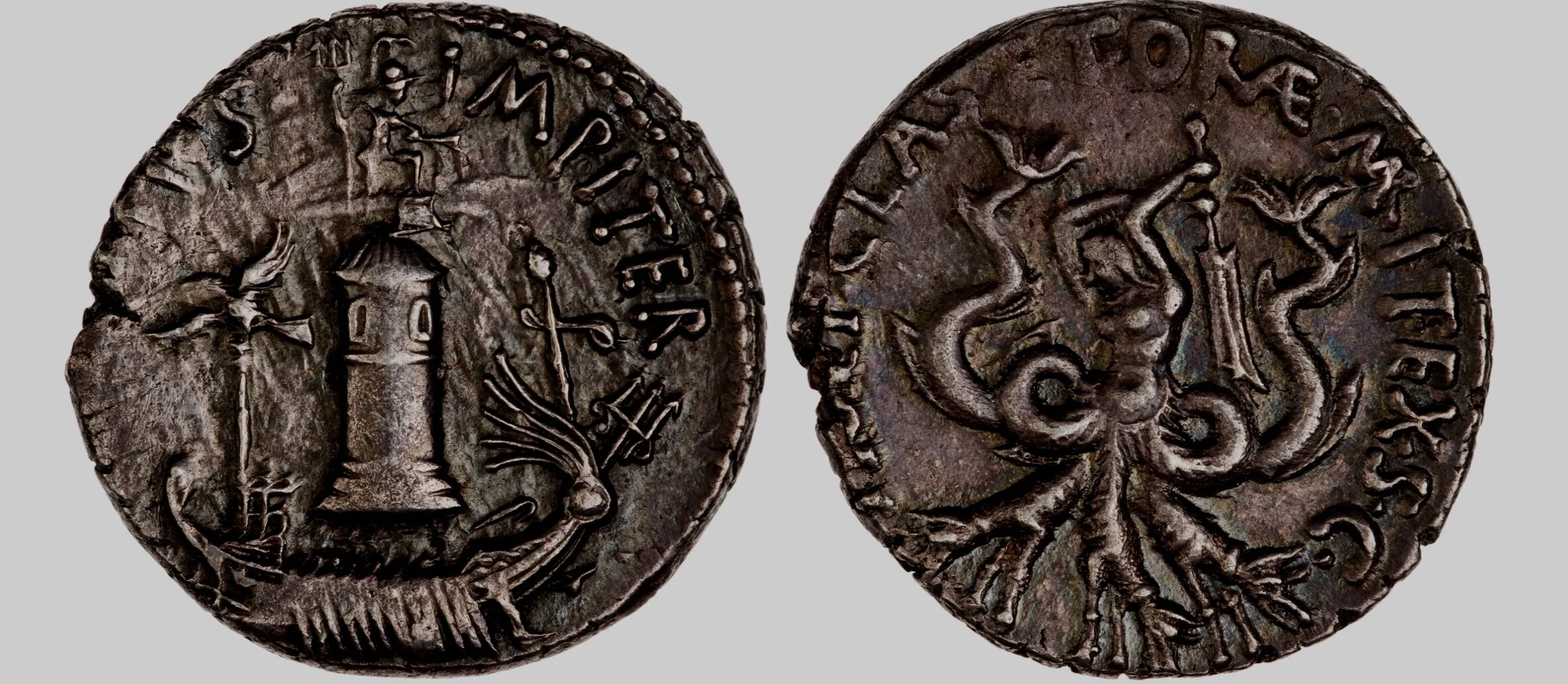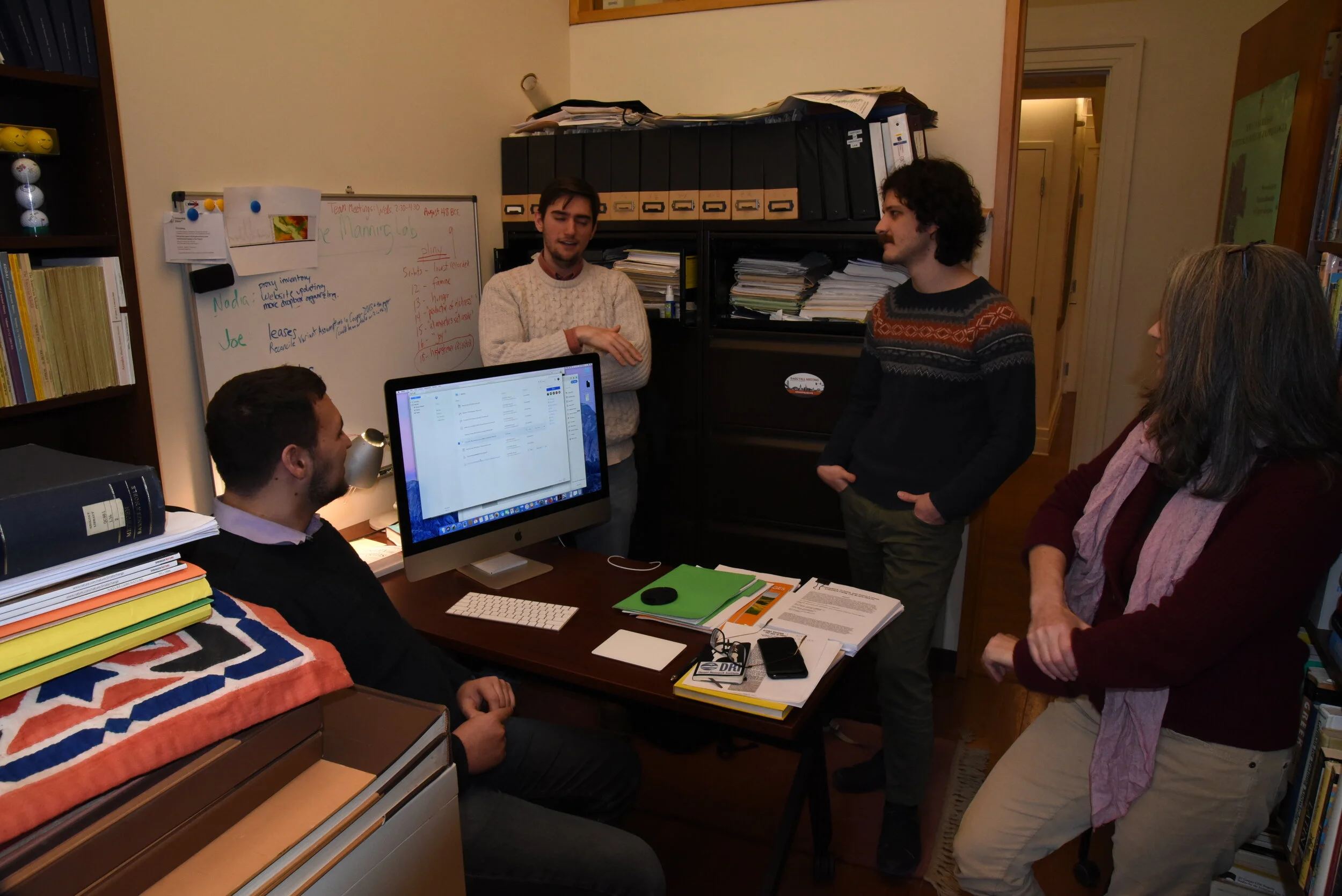Recent archaeological work at the ancient port of Berenike on the Red Sea (M. Wozniak and J.A. Harrell, “When the well runs dry:climatic instability and the abandonment of early Hellenistic Berenike,” Antiquity 95 (April 2021) has yielded new data on the nature and chronology of habitation at the site during the Ptolemaic period and presents a case study in the impact of volcanism on ancient climate and human response.
Recent archaeological work at the ancient port of Berenike on the Red Sea has yielded new data on the nature and chronology of habitation at the site during the Ptolemaic period and presents a case study in the impact of volcanism on ancient climate and human response. From 2014-2019, excavators concentrated their attention on the Ptolemaic fort located in previous surveys, which occupied a slight ridge to the west of the later Roman-period civilian settlement on the shores of the lagoon. Among the structures identified in the fort were a segment of the curtain wall with embedded gatehouse as well as a portion of a courtyard used (at least temporarily) for housing African elephants. Together these finds elucidate a poorly-attested place and time in Ptolemaic history.
The team’s findings extended beyond the architectural description and chronology of habitation at the site: a peculiar feature of the fortified gatehouse—a large well dug into its foundations—enabled researchers to reconstruct fluctuations in the site’s ancient water-table. The team linked patterns in this dataset to contemporary political events in the chronology of the Ptolemaic kingdom. Their methodology aligns with that of the historical team on our NSF project and merits consideration.
Berenike occupies a significant place in histories of Greco-Roman Egypt. Often described as the southernmost city of Mediterranean civilization (a controversial label which is rarely elaborated upon), the settlement played a key role in the Roman-period opening of trade with India. However, Berenike’s mercantile character in the Roman period has obscured the settlement’s original form and purpose. Because it features so little in the scant historical accounts of the Hellenistic period, historians have long awaited the publication of archaeological data from the site that might shed light on the Roman city’s Hellenistic past. The publication of extensive Ptolemaic finds has finally allowed for the city’s early history to be written.
Literary sources attest to the foundation of Berenike by Ptolemy II Philadelphos and connect it to elephant-hunting expeditions launched by this king from outposts located still further south along the coasts of the Horn of Africa (present-day Eritrea, Djibouti, and Somalia). In these accounts, Berenike served as a maritime base for the fleet of elephantegoi, transport ships purpose-built for the long-distance transportation of elephants. Large herds of domesticated elephants, particularly those bred and trained for war, were a kind of status-symbol coveted by the rival Hellenistic Successor Kings in the Third Century BCE: first introduced into the Mediterranean following Alexander the Great’s invasion of northern India, they featured in the armies of the eastern Hellenistic kingdoms (particularly the Seleucid Kingdom, which stretched from Syria to the Indus River). The long tradition of elephant-domestication in India facilitated the supply of war-elephants to the nearby Seleucids, but the Ptolemies far off in elephant-less Egypt had no such access: early Ptolemaic elephant herds consisted entirely of beasts captured following Ptolemaic victories. Ptolemy II’s foundation of Berenike and the southern hunting-posts was an experiment in alternative sourcing: the small North African Elephant (Loxodonta africana pharaohensis a now-extinct subspecies of the African Elephant similar in size to the African Forest Elephant).
Archaeological discoveries at Berenike confirm and add nuance to the narrative of Berenike’s origins. The Ptolemaic civilian settlement was small and might better be described as a fortified harbor than a Hellenistic city. The fort protected the settlement from the landward approach and contained multiple courtyards, one of which yielded a fragment of a juvenile elephant’s skull, establishing the fort’s function as a temporary containment facility for the animals on their long voyage north. With the exception of other items that may have been acquired on the southern voyages, the archaeologists found no evidence of foreign trade-goods in the early Ptolemaic layers so far excavated, which precludes the notion of an early mercantile orientation that might have laid the institutional foundations for the later Roman city’s commercial efflorescence. This is a vital point to establish: during the Third Century BCE, Berenike was a military installation that provided logistical support for the southbound maritime expeditions that acquired elephants for the royal herds.
More controversially, the excavation turned up evidence of a previously-unknown phase in the settlement’s history: a temporary abandonment of the settlement in the final decade of the Third Century BCE. The large well which was discovered in the fort’s curtain wall attests multiple phases of expansion and sedimentation indicating a lowering of the water table in this decade: the inhabitants of the fort were forced to dig ever deeper into the bedrock, until finally the water either dried up entirely or became too brackish for drinking due to infiltration of saltwater. The researchers suggest that this well served as the primary source of drinking water for the fort, and conclude that its disappearance at the conclusion of the Third Century BCE was the primary factor that drove the settlement’s abandonment in the decades that followed.
This is where the paleoclimate evidence comes into play. The researchers noted that ice-core records published by our team members in 2017 attest a massive volcanic eruption in 209 BCE, an event which our team has correlated with historical attestations of Nile flood failure in the succeeding years and widespread societal unrest that ignited a twenty-year period of violence known as the Great Theban Revolt, during which the Ptolemaic dynasty was forced to redirect its attention from the Mediterranean political theater in order to reestablish sovereignty in the Nile Valley. Many historians from Polybius until the present have described this conflict as the beginning of the end of the Ptolemaic Kingdom. Regardless of the validity of this claim, the event certainly transformed the nature of the Ptolemaic state and impacted the dynasty’s capacity for engaging in large-scale political conflicts of the type that preserved its prestige as one of the three great Eastern Mediterranean powers during the first hundred years of its rule.
The researchers hypothesize that Berenike’s abandonment played a part in this narrative of decline. If the eruption of 209 disrupted the monsoon, as Nile historical data suggests, then it likely also impacted the moisture content of airflow over the Red Sea Hills, which seasonally restored the aquifer that once filled Berenike’s well. If true, then historians might attribute the abandonment of the Ptolemaic elephant-hunts in this decade to the same volcanically-induced climate anomaly that triggered the Great Revolt. This reconstruction is appealing, as it explains not only the archaeologically-attested abandonment phase but also the Ptolemies’ loss of interest in the pursuit of African elephants during the same period.
In spite of (or perhaps due to) the appeal of this reconstruction, historians ought to ask whether the underlying thesis is not only sufficient to explain the related historical phenomena but also more convincing than alternative hypotheses. This is a question that our team grapples with in the interpretation of every historical attestation of environmental import that we encounter in the documentary record of Ptolemaic Egypt. In the management of a dataset currently consisting of 1300 individual records, we have found it necessary to code the relative weight of each attestation as it relates to the specific question that we ask of it. It is important to consider the 1.) the precise question and 2.) the range of possible answers related to the matter of Berenike’s abandonment and its relationship to the both major geopolitical and climatological events of the last decade of the Third Century.
What was the precise causal relationship between the abandonment of Berenike and the Great Revolt? The researchers conclude that the combined effect of volcanically-induced water failure and the severing of communication with the Nile Valley via land together forced the abandonment of the fort at Berenike by its garrison and the end of the Ptolemaic elephant hunts. But what might an alternative reconstruction look like?
Leaving aside the incontrovertible evidence of the site’s abandonment and reasonable supposition that a lack of drinking water played a major role, we must question the assumption that Berenike lost all communication with the Nile Valley during the Great Revolt as well as the contention that the cessation of elephant-hunting is to be attributed to the abandonment of Berenike. The former is simply incorrect, and the latter must be considered alongside a viable alternative hypothesis. Regarding the severing of communication, there is ample documentation illustrating the fact that the Ptolemaic army maintained control of its primary communication and transportation corridor (the Nile itself), although at various points during the 20-year period the state ceased to operate in specific regions, most consistently in Thebes itself. Communication occasionally broke down between Alexandria and the Thebaid, but Greek garrisons at Elephantine and presumably elsewhere maintained their position even during the phases of the native pharaohs’ most extensive control of the region. Although travel via land over the primary land-route linking the Nile Valley to Berenike may have presented additional risks during this period due to the breakdown of state security and enforcement mechanisms, it cannot be forgotten that Berenike itself was situated on the Red Sea, which would have facilitated communication with the north via one of the other Red Sea ports. The abandonment of the fort may have had less to do with the ability to maintain it than the dismissal of its raison d’etre: the elephant-hunt.
By the end of the Third Century BCE, the elephant ceased to hold the prestige that it once conveyed at the beginning of the period. Its tactical utility as a psychological weapon was greatly diminished by frequent appearance on early Hellenistic battlefields. Accounts of these battles in later sources such as Polybius convey the inherited tradition that elephants were not worth the expense of maintaining, as they proved as much a liability to allied troops as they posed to the enemy. The Ptolemies must have discerned this tradeoff particularly clearly, as they had diverted greater resources into the acquisition of elephants that ultimately proved inferior to the larger, better-trained Indian variety possessed by their rivals. The Battle of Raphia, fought in 217 BCE between the forces of Ptolemy IV and Antiochos III, proved that a Ptolemaic army could win a stunning victory over a seemingly superior opponent despite the failure of its elephants. This experience, combined with the logistical nightmare presented by the Great Revolt, likely dampened the demand for elephants to such a degree that the installations at Berenike no longer served a strategic purpose: the fort may have ceased to serve its original function a decade before the eruption that dried up its well.
It is vital to consider institutional developments such as this in formulating hypotheses related to historical causation. When seeking an explanation for the abandonment of a settlement, we must ask first what purpose the settlement served and contingent its development was upon the behavior of its rulers. In the case of early Hellenistic Berenike, the settlement’s role as a logistical staging point rendered it entirely dependent upon the notion of its strategic importance. The environmental disaster that rendered its occupation temporarily untenable likely either followed or forced a decision already made in the minds of the king and his advisors.
Author: Joe Morgan, Graduate Research Assistant (Yale University)









